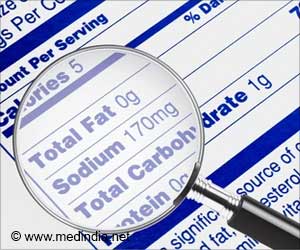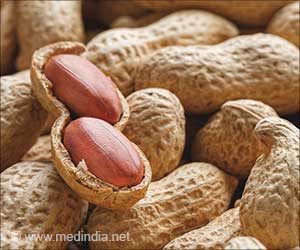In mice, scientists described a more palatable way to deliver the bacterial compound butyrate and report that their “polymeric micelles” are effective against peanut allergies.

‘The study found that the average out-of-pocket cost per naloxone prescription among those who have health insurance declined by 26% from 2014 to 2018, while out-of-pocket costs increased by more than 500% for people who are uninsured.’





Some of the bacteria in the gut microbiome produce metabolites, such as butyrate, that foster the growth of beneficial bacteria and maintain the lining of the gut. If a person’s microbiome is unhealthy and lacks these butyrate-producing bacteria, fragments of partially digested food can leak out of the gut and produce an immune reaction that results in an allergic response.
Peanut Allergies: Fresh Insights
One way to treat those with allergies would be to provide the missing bugs to them orally or with a fecal transplant, but that hasn’t worked well in the clinic, according to Jeffrey Hubbell, Ph.D., one of the project’s principal investigators (PIs). “So we thought, why don’t we just deliver the metabolites — like butyrate — that a healthy microbiome produces?” “But butyrate has a very bad smell, like dog poop and rancid butter, and it also tastes bad, so people wouldn’t want to swallow it,” says Shijie Cao, Ph.D., who is presenting the results at the meeting for the team, which is at the University of Chicago. And even if people could choke it down, butyrate would be digested before reaching its destination in the lower gut.To overcome these challenges, the researchers, including co-PI Cathryn Nagler, Ph.D., and Ruyi Wang, Ph.D., designed a new delivery system. They polymerized butanoyloxyethyl methacrylamide — which has a butyrate group as a side chain — with methacrylic acid or hydroxypropyl methacrylamide. The resulting polymers self-assembled into aggregates, or polymeric micelles, that tucked the butyrate side chains in their core, thus cloaking the compound’s foul smell and taste.
The researchers administered these micelles to the digestive systems of mice lacking either healthy gut bacteria or a properly functioning gut lining. After digestive juices released the butyrate in the lower gut, the inert polymers were eliminated in the feces. The treatment restored the gut’s protective barrier and microbiome, in part by increasing production of peptides that kill off harmful bacteria, which made room for butyrate-producing bacteria.
Most importantly, dosing allergic mice with the micelles prevented a life-threatening anaphylactic response when they were exposed to peanuts. “This type of therapy is not antigen specific,” Cao notes. “So theoretically, it can be broadly applied to any food allergies through the modulation of gut health.”
Next up are trials in larger animals, followed by clinical trials. If those trials succeed and the U.S. Food and Drug Administration approves the oral treatment, the micelles could be marketed in small packets; consumers would tear open a packet and stir the contents into a glass of water or juice. In other work with the micelles, the team is analyzing data on treating inflammatory bowel diseases with the oral therapy.
Advertisement
The researchers acknowledge support and funding from their start-up company, ClostraBio, and the University of Chicago.












